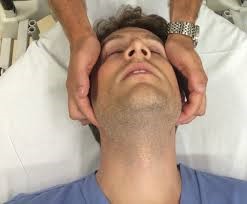The Primary Assessment
The primary assessment is key to assisting and establishing the casualties’ needs; learning and revising each step will give the first aider the confidence to manage a first-aid incident. There is a system known as:
D.R.A.B.C.D=
D=Danger
R=Response
A=Airways
B=Breathing
C= Circulation
D=Defibrillation
We will break down each step to help you understand it. The Primary assessment will be put into practice if you attend a Life Lines workshop.

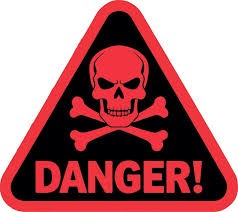
D-DANGER
THE APPROACH
When approaching a casualty who has been injured or involved in an accident, there are a number of key points to consider.
1. Remain calm
2. Do not rush towards the casualty
3. Stop assess
4. Look for potential hazard
- Glass
- Gas
- Smoke
- Falling objects
- Electrical Items
- Water near electrical items
- Vehicles
- Other People
- Trip hazards
The rule is simple! STAY SAFE.
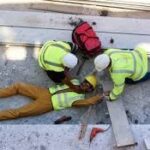
R-RESPONSE
A.V.P.U- Level of Response Scale
A- ALERT> The response of the casualty should begin the moment you make contact with them:
- As you approach, talk to them, ask their names, and ask, “Can you look at me? Can you move your hands?” Some casualties may appear confused, have slurred speech, be in extreme pain, or be anxious.
V-VOICE> Does the casualty respond to your voice? Will they obey simple commands? You may need to speak louder or repeat what you have said.
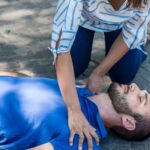
P-PAIN> Do not cause any unnecessary pain to the casualty. Place your hand on their shoulder and tap lightly as you talk to them.
U-UNRESPONSIVE> A casualty who is unresponsive is classed as unconscious; this means they are breathing. Some casualties may not be breathing normally!
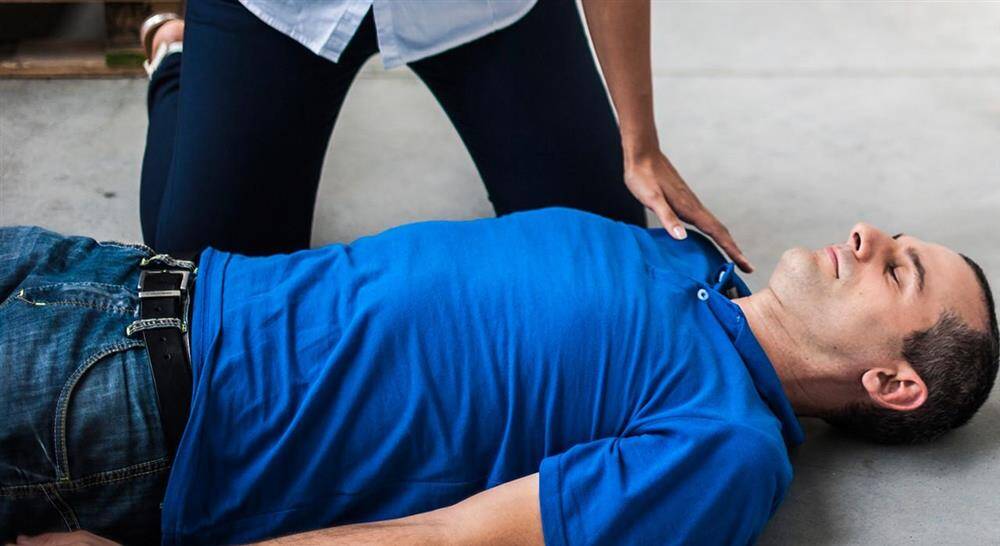
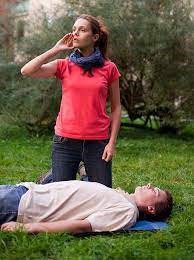
SHOUT FOR HELP!
IF YOU ARE ON YOUR OWN
Should help be available, complete your assessment before sending them to call 999 For example, your helper will need to know that the casualty has stopped breathing and that CPR is in progress.
A-Airways
OPENING THE AIRWAYS
Learning to open a casualty’s airway using the head and chin tilt method is a life-saving skill. All first-aiders should learn the basics of airway management.
NOTE! The Jaw Thrust Manoeuvre can open the airway where the casualty has sustained possible neck/spinal injuries.
Unconscious means unresponsive but breathing.
This is important terminology and should be remembered throughout this course.
HEAD & CHIN TILT
Place the palm of one hand on top of the casualty’s forehead. Place your other hand on the bone of the chin and gently tilt the head back.
The tongue is a large muscle and will fall to the back of the throat, obstructing the airway and causing death. By tilting the head back, we lift the tongue off the back of the throat, allowing them to breathe effectively.
A golden rule is never to leave any casualty on their back alone. If you leave, they must be placed in the recovery position.
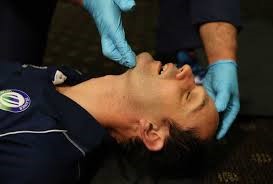
B-BREATHING
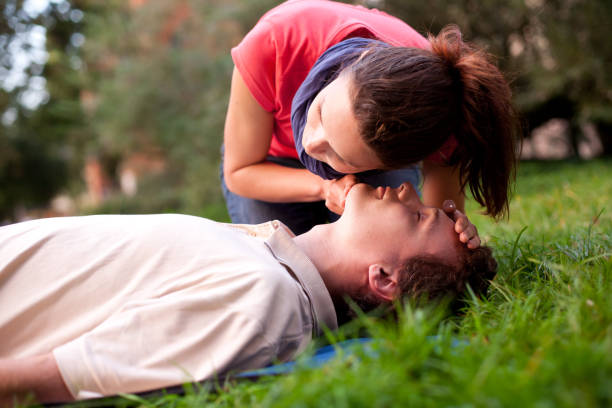
Checking For Breathing
The next steps are very important
1. Place your ear a few millimetres above the
casualties mouth and nose.
2. Listen for their breathing.
3. Feel the breath on your face and ears.
4. Watch the rise and fall of the chest as they breathe.
Do this for a GOOD 10 Seconds
Breathing
YES ? or NO?
Agonal and Ineffective Breathing!
First-aiders may be called upon to manage a cardiac arrest event; these are daunting experiences that require immediate action.
The absence of breathing can be established quickly with a 10-second check; however, abnormal breathing can also occur in a cardiac arrest; as a first aider, you must identify ineffective breathing.
- Listen! Can you hear short gasps, wheezing, gulping or clucking?
- Watch! the rise and fall of the chest. Is it slow to rise and fall? Is one side rising? Is there a rapid rise and fall?
- Note! Some casualty may appear to be having a seizure while in cardiac arrest.
- An adult should breathe at a rate of 14-20 breaths per minute. Less than 10 or more than 30 is ineffective breathing. If unresponsive, call 999 and start CPR.
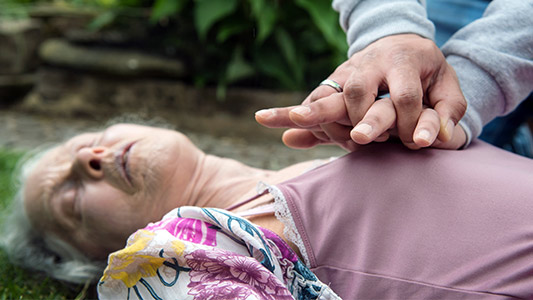
Watch this short clip to gain a good understanding of ineffective breathing.
C-CIRCULATION
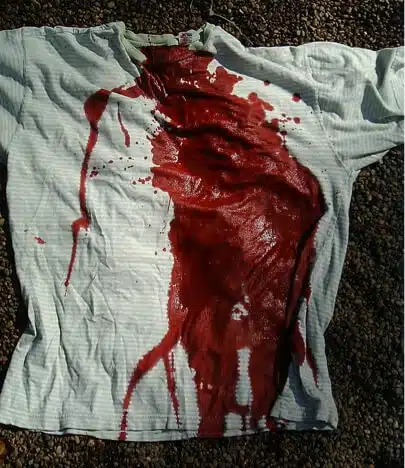
NO Circulation!
No circulation can be defined as no oxygenated blood circulating through the body, here are a number of reasons why the casualty may have no circulation:
- They stopped breathing
- There heart has stopped pumping
- Head trauma has disrupted brain function
- Catastrophic bleeding
IMPORTANT! A casualty who has stopped breathing with a Catstrophic bleed must be treated for the bleed first. Dress the wounds, use tourniquet, direct and indirect pressures. This is vital prior to performing CPR.
WHY?
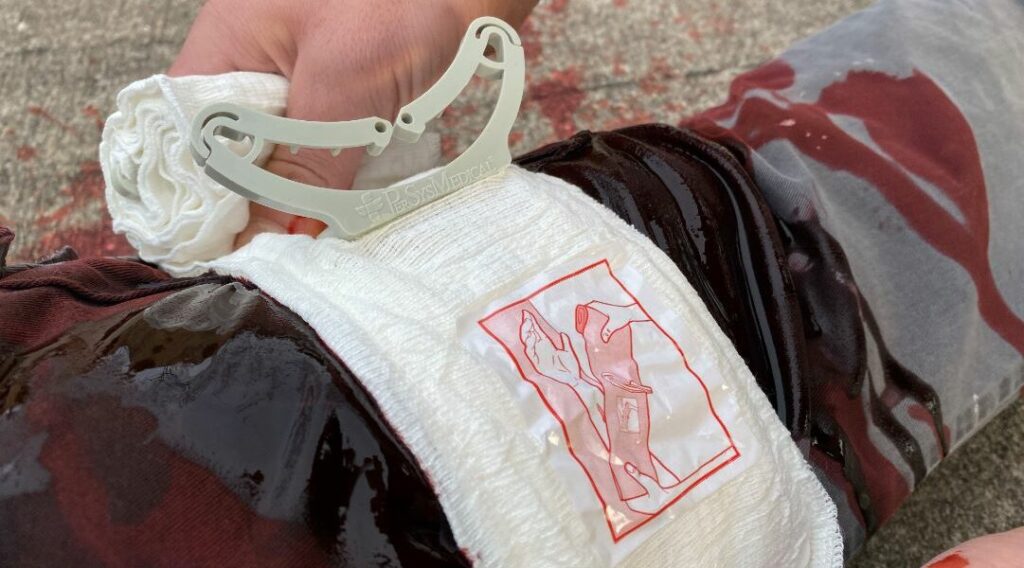
When the first aider starts to perform chest compressions they will force blood from the wound and not around the casualties body.
A major bleed should be identified immediately with blood loss being stemmed.
D-DEFIBRILLATION
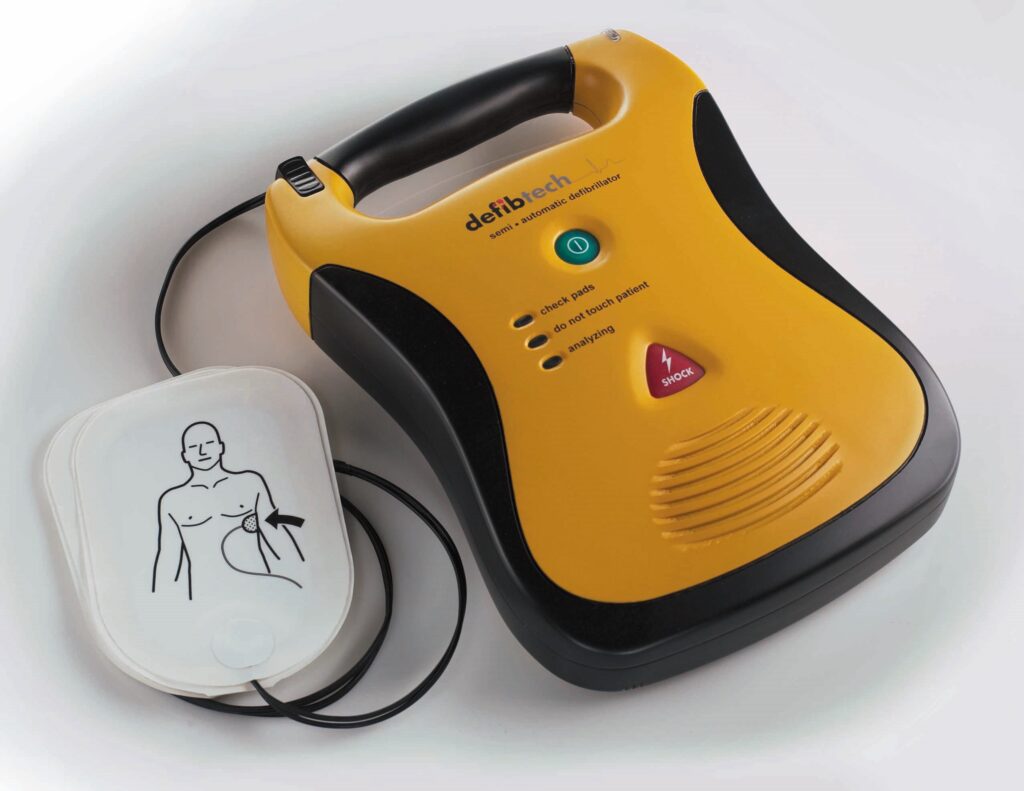
THE AED
The Automated External Defibrillator is vital to the survival of a casualty who has stopped breathing and gone into cardiac arrest.

